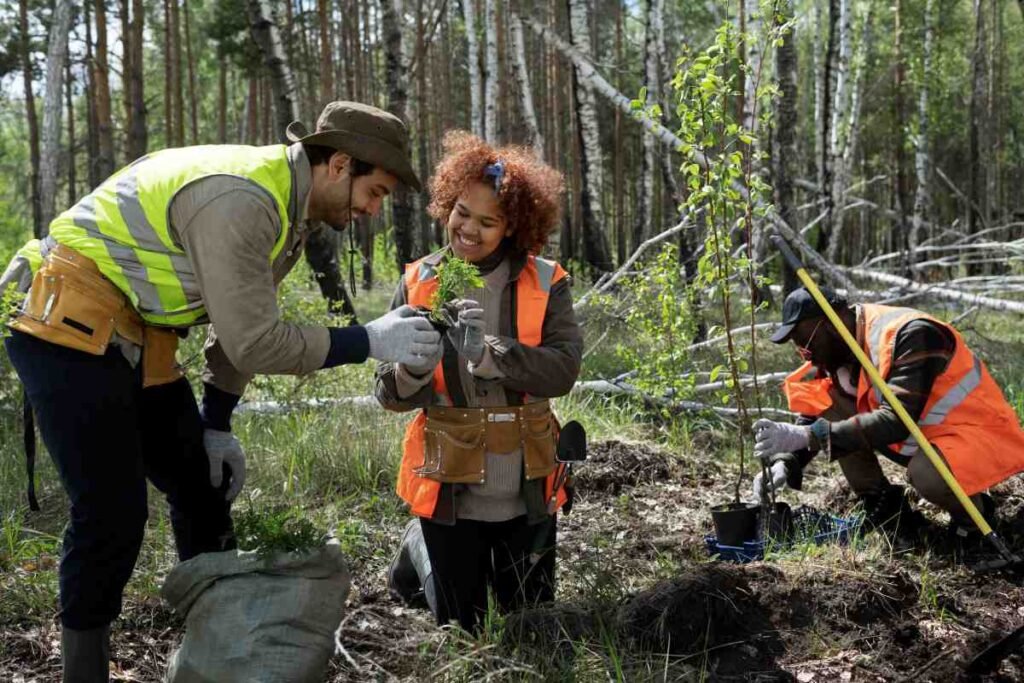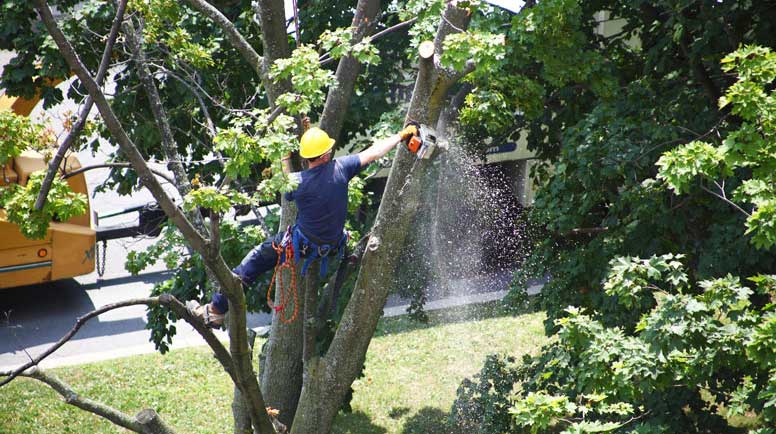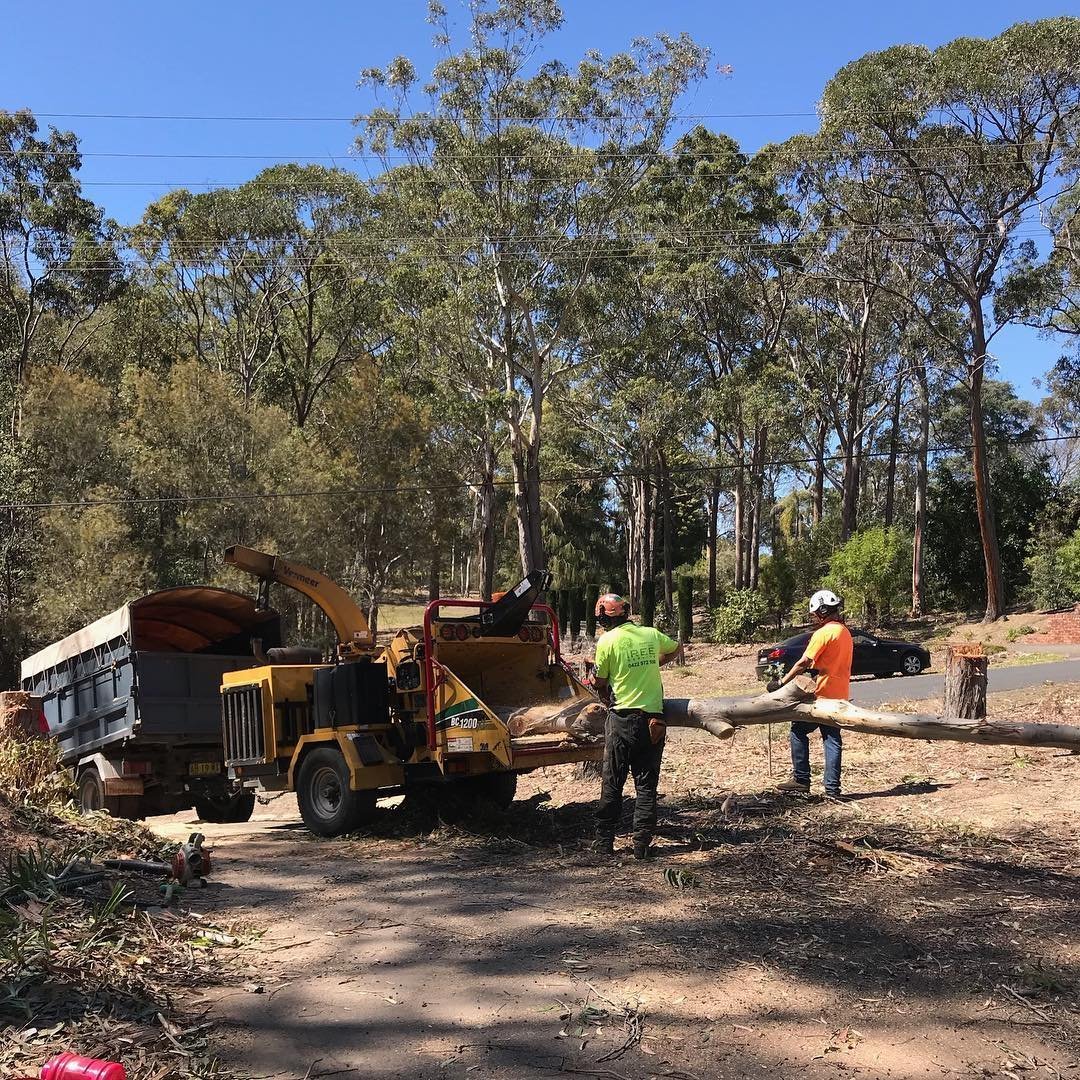Have you ever wondered if it’s possible to bring back life to a spot where a tree once stood tall and proud? Can you plant a tree where one was removed? The answer is a resounding yes! In this comprehensive guide, we’ll explore the fascinating world of planting trees in areas where one has been removed.
The journey is about revitalizing the earth and improving the condition of our world; it’s about more than just digging a hole and planting a seedling.
The Value of Planting Tree where One was Removed
Planting a tree in the exact spot where its ancestor formerly thrived accomplishes two goals: environmental preservation and ecological restoration. Not only are trees beautiful to look at, but they are also essential to preserving the delicate balance of our ecology.
The removal of a tree, whether from urban development, logging, illness, or other causes, upsets the natural order. Replanting aids in reducing these detrimental effects.
Selecting the Appropriate Tree for Replant
Not every environment is suitable for every tree. It is important to choose a tree species that is compatible with the soil, climate, and amount of sunshine in the intended planting area before beginning the planting procedure. Since native species are acclimated to the local environment and support ecological stability and biodiversity, they are frequently the best option.
Can you Plant a Tree where One was Removed
Assessing the location of the prior tree is the next stage after selecting the species of tree.
Look for and get rid of any remaining pieces of the old tree, such as the stump or roots. This guarantees the new tree enough room to spread its roots and flourish. It’s like planting a new tree and hoping it takes off.
Preparing the Soil where you Plant
A tree that is flourishing has healthy soil as its base. Start by conducting tests on the soil to ascertain its composition, pH, and nutrient levels. Depending on the findings, you can add fertilizer or organic matter to the soil to improve the conditions for the new tree. Remember that planting trees successfully depends on a well-prepared soil bed.
Making Space for your New Tree.
The dimensions of the hole must coincide with those of the root ball or container of the tree. Never dig a hole bigger than twice the diameter of the root ball. Their larger breadth allows the roots to spread out into the soft soil, encouraging regular development.
Removing the Tree
Carefully remove the tree from its container and split the root ball. Make sure the soil around the root ball is level at the top before putting the tree in the middle of the hole. Backfill the hole with the soil you removed, making sure to press down firmly to eliminate any pockets of air. Give the tree lots of water to ensure that the soil settles and the roots remain in their proper location.
Using Mulch to Achieve Success
Mulching functions similarly to a warm blanket for your tree. Leave a few inches of space around the trunk of the tree as you apply a layer of organic mulch at its base. Mulch aids in controlling soil temperature, weed suppression, and moisture retention. In terms of the general health and resilience of the tree, it’s a tiny investment that yields tremendous results.
Watering Schedule to New Plant
It’s important to establish a regular watering schedule, especially in the early growing stages of the tree. Provide deep yet sparing watering to promote the growth of deeply rooted plants. Take care not to overwater as this can cause rot in the roots. Adapt your watering schedule to the local climate and the particular requirements of the tree species.
Observation and Guidance on a Tree
Like any other living thing, trees require care and attention. Keep an eye out for any indications of disease, stress, or pest infestation in your just planted tree. Trim as needed, cutting off any damaged or dead branches to encourage strong, robust growth. Your tree can add to the general health of the environment and become a dynamic element of the landscape with the right maintenance.
Achievements of Replanting a Tree where one was Removed
Let’s look at some success stories of people and communities who have embraced the idea of replanting where trees were previously destroyed to provide some inspiration.
Once the site of a stately oak tree, a vacant lot in a busy urban location was given new life by a group of dedicated volunteers who turned it into a flourishing community garden. Together, they created a verdant haven for the neighborhood’s people to enjoy in addition to making the area seem better.
Replanting without Difficulties
Replanting trees is a great idea, but it’s not without its difficulties. Significant obstacles include invasive species, urbanization, and climate change. These difficulties are not insurmountable, though. Numerous projects have successfully overcome these challenges and come out on top thanks to community involvement, sustainable methods, and creative solutions.
Conclusion
In conclusion, the answer to the query, “Can you plant a tree where one was removed?” is unquestionably yes. and going beyond basic landscaping, the process is a rewarding endeavor. It’s a commitment to the health of the planet, an encouragement of biodiversity, and a step towards a more ecologically conscious and sustainable future. So remember that if you find yourself in that place, you may proudly renew the space where a tree previously stood and have a positive impact on the planet. Cheers to your successful gardening!
FAQs
I want to plant a new tree, but may I put it exactly where the old one was taken down?
Definitely! It’s advantageous in addition to being feasible. To promote healthy development, make sure you prepare the soil correctly and select an appropriate kind of tree.
Why is it crucial to plant a tree again in the same spot?
Replanting aids in reestablishing the natural equilibrium that was upset when a tree was taken down. It supports environmental preservation, preserves the local ecology, and increases biodiversity.
Which types of trees are most suitable for urban replanting?
In fact, certain tree species are more suited to urban environments than others. Native trees are often a wise choice because they are acclimated to the local environment and contribute to the overall health of the urban ecology.
What should I do if there are remnants of an old tree, like stumps or roots, at the planting site?
Clear the area around the old tree to create way for the new one. This ensures that the new tree will have adequate space to grow and extend its roots.
How can I be sure the recently planted tree will succeed in the long run?
Timely care, appropriate watering, mulching, and routine observation are essential components. Keep an eye on the tree’s health, take quick action when necessary, and observe as your tree grows into a vibrant feature of the surroundings.





